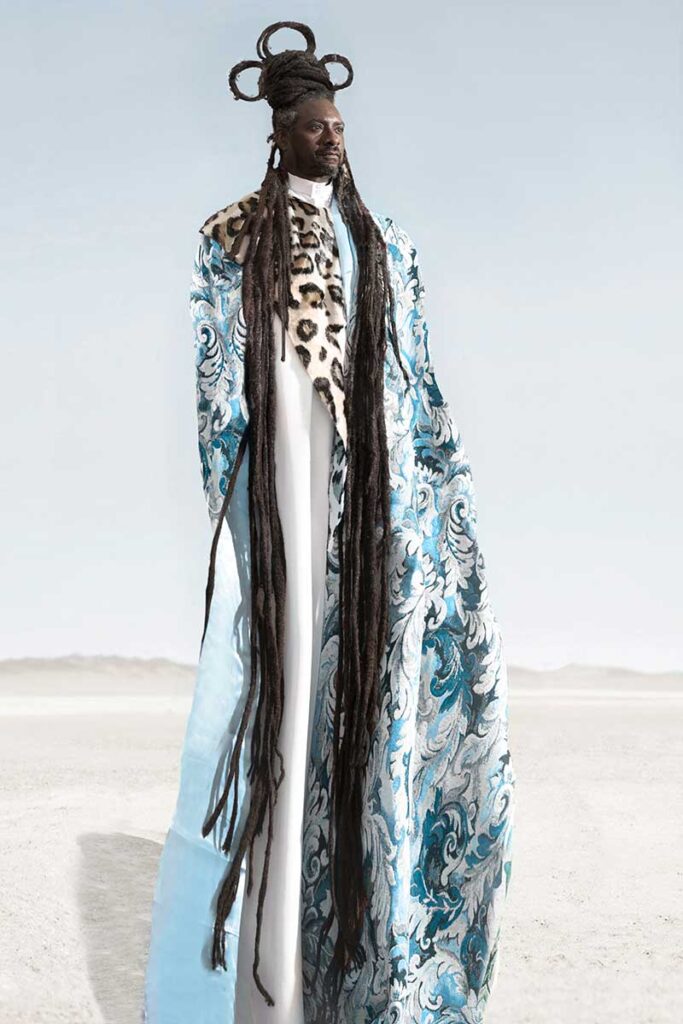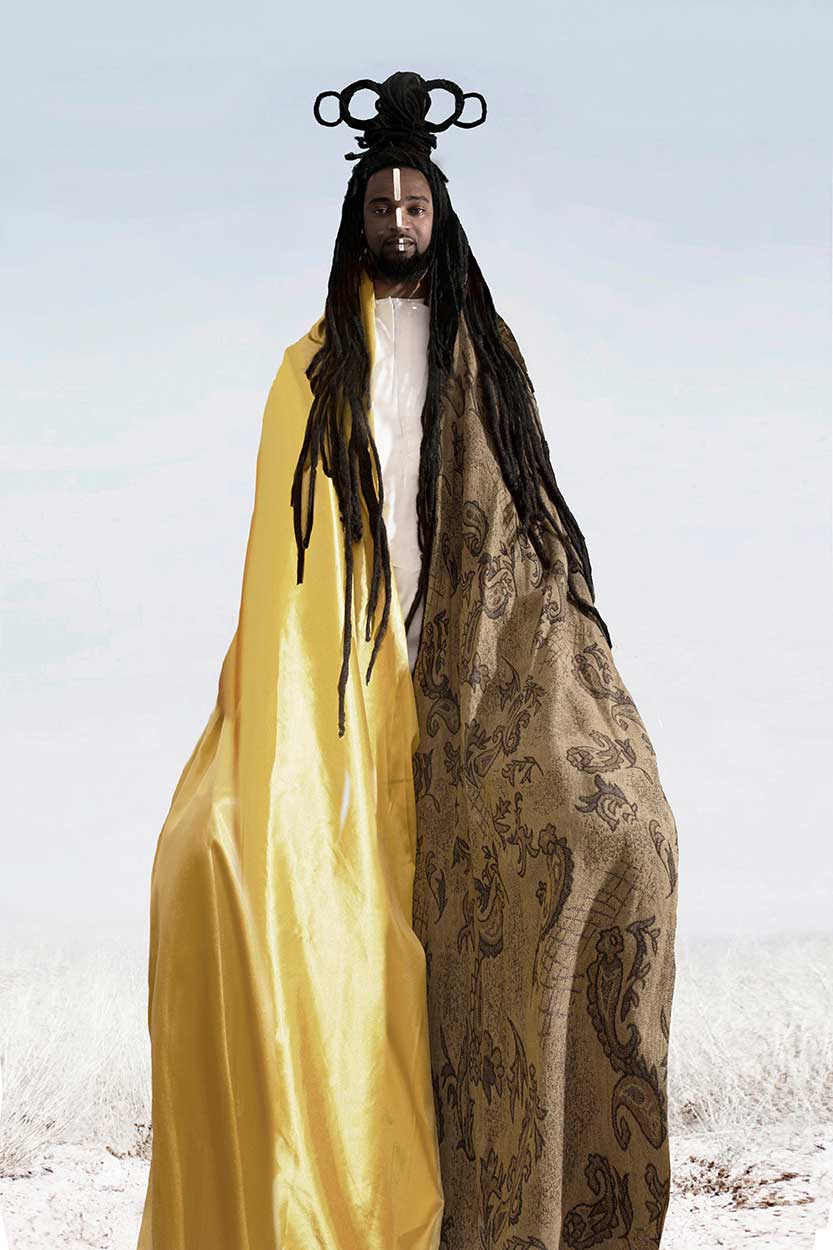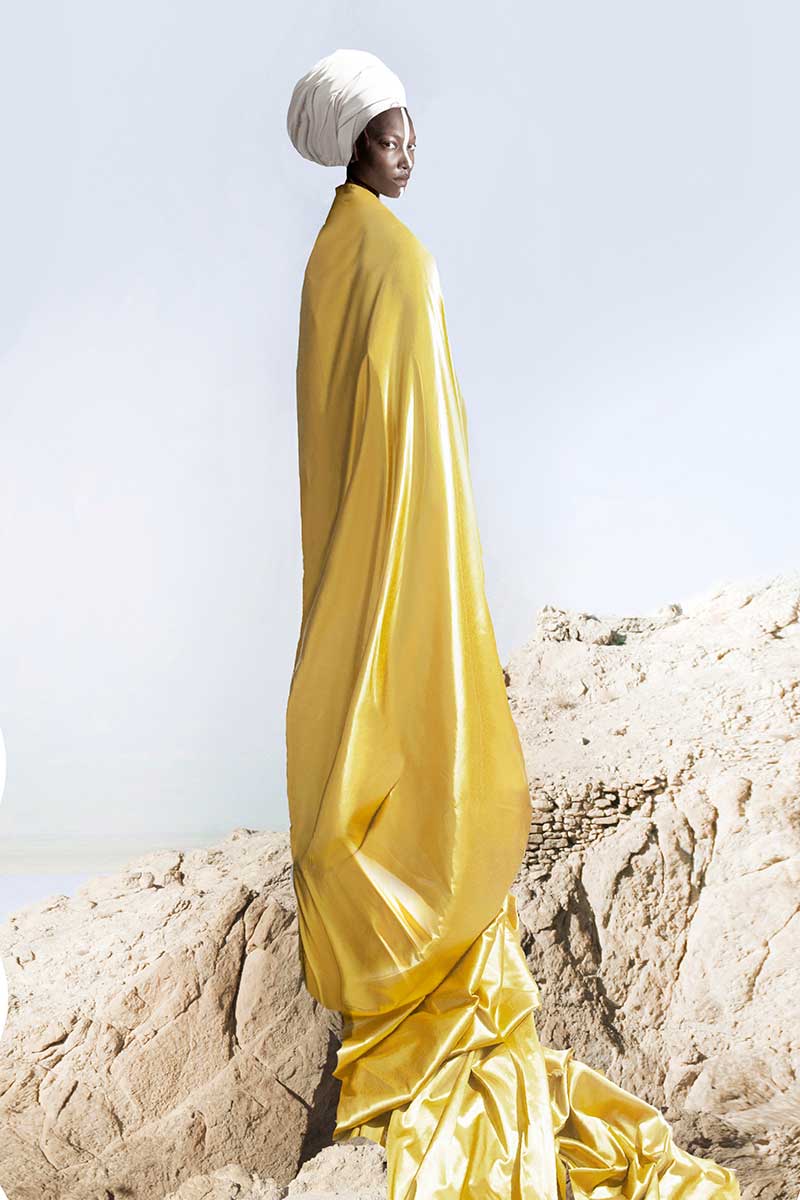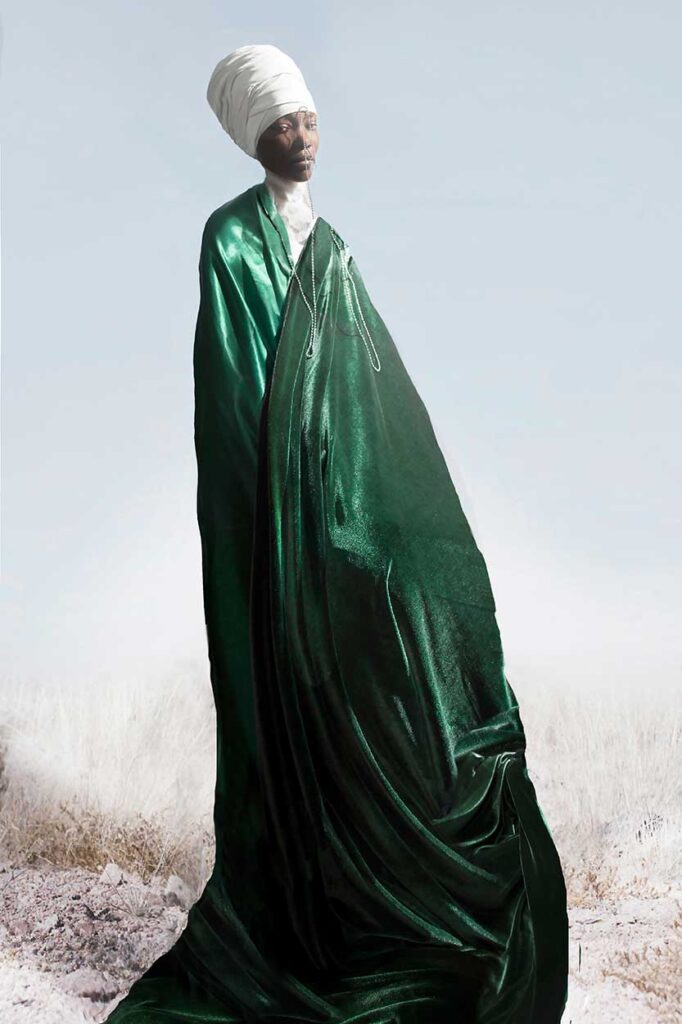SAHARA GIANTS
By Alice de Kruijs
When in 2000, paleontologist Paul Sereno went to look for new dinosaur bones in the Sahara Desert, he did not expect to return from there as an archaeologist. But, arriving in the northeast of Niger, Sereno and his colleagues day after day sifting through the sand of Tenere desert, one of the most inhospitable deserts in the world, which even the nomadic inhabitants of the Sahara called “desert in the desert.”
There were practically no finds. In the evening on the last day of the excavation, the scientists were about to leave, and most of them went to the camp, but Sereno still insisted that his team get to a distant hill, promising their employees that the expedition was on this hill. Sereno fulfilled his promise, but the end of that expedition was the beginning of great new work: on the way to the hill, scientists found a whole stone age cemetery.
Human bones, perfectly preserved in African sand, stick out directly from the ground, and their paleontologist-archaeologist noticed from the car, approaching the cemetery. For the first time in 2003, scientists returned to Niger, in the Gobero region, and over the past five years, they found about 200 Stone Age graves. It is the results of the study of these 67 burials and the numerous bones and artefacts found both in these graves and in their environs. As it turned out, the bones of people belonging to two cultures at once lie in Gobero.
The first about ten thousand years ago came here tribes of strong people, hunters, and fishers, which scientists attributed to the Kiffian culture. Just two millennia earlier, the last ice age ended, the Earth entered the Holocene, and the Sahara, which remained a dry desert for many thousands of years, was filled with water and life.
According to archaeologists, there was a small lake in Gobero, which attracted people. At the bottom of the lake, there were many shells of bivalve mollusks, which people of the Stone Age ate, and in its waters up to 8 meters deep, there were turtles and fish, including relatives of the giant Nile perch, whose length reached 1.5–2 meters.
Ten thousand years ago, this region resembled a mixture of modern Kenya with South Africa. There were elephants, rhinos, giraffes, antelopes, and African boars. Probably all of them were food for the people who inhabited Gobero from about 7,700 to 6,200 BC. You need remarkable strength to hunt elephants, rhinos, and giant fish, and it seems the Kiffians met these requirements.
They were real giants: judging by the skeletons discovered in the Kiffin episode’s graves in the history of Gobero, the growth of these people who lived 10 thousand years ago often exceeded 2 meters. And the average growth of adult inhabitants of the environs of the ancient lake was about 1.8 to 2.15 meters – both men and women.
The Kiffians were not just giants; they had a massive physique and were very muscular.
To maintain powerful muscles, the Kiffians had to get protein-rich food, which, in the Stone Age conditions, always had to mean a very intense rhythm of life with constant hunting and fishing. Apparently, these people lived like this for one and
a half thousand years, but about eight thousand years ago, they suddenly disappeared.
According to Sereno and his colleagues, at that moment, another drought came to Africa, turning the Sahara back into the desert for a thousand years.
Alice de Kruijs
Alice de Kruijs is a fine-art photographer based in The Netherlands. She frequently touches on the subject of identity and diversity and aims to go against the standard ideals and showcase stories through culture and different ethnic backgrounds; her work is a celebration of these differences in culture.
As her way of life, she loves to conceptually and symbolically tell stories. Usually, by showing a different perspective on personal daily life struggles.
Born in 1981 in the east of The Netherlands, she grew up in an artistic family. Nevertheless, her true artistic passion for photography started in her late twenties. After graduating from International Fashion Design and later on from Applied Photography Design with a specialization in Fine-art portraits, she dedicated her life to conceptual photography.
In her early thirties, she gradually moved to fine-art photography in combination with storytelling photography.
Her work has been exhibited in different galleries around the world, like Caelum Gallery New York, The CAMP Gallery Miami, Menier Gallery London, Galerie Joseph Paris, and PH21 Gallery Budapest.
She’s been named New Dutch Photography Talent in 2017, and from that time onwards, her work has been featured in Lenscuture, PHMuseum, The Guardian, HP De Tijd, BBC, Afro style Magazine, Vogue Italia, Bored Panda, and many more.







